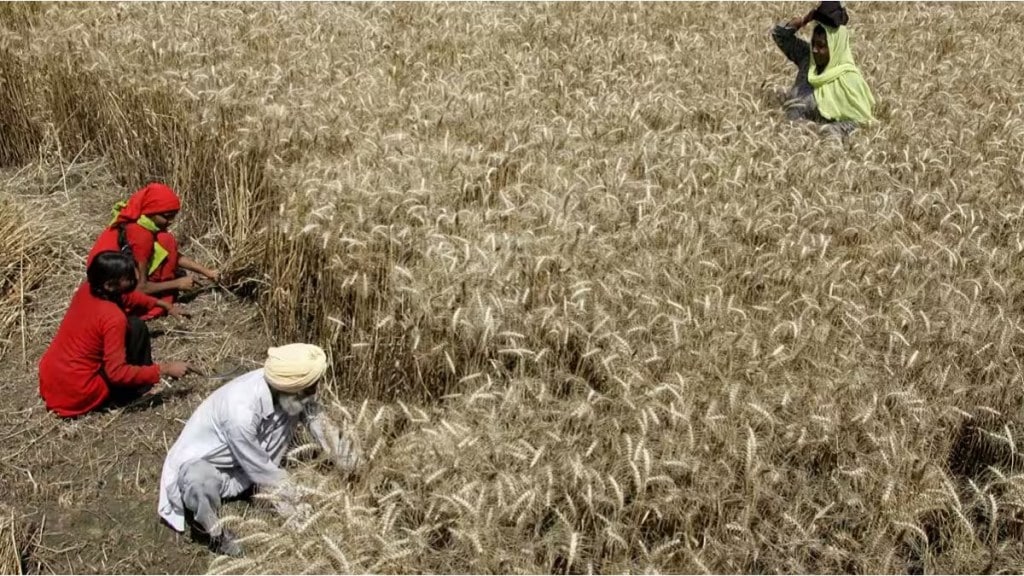The Indian economy is a primarily agrarian economy and the amount of rainfall doesn’t just have a telling impact on the annual output but also related aspects like rural demand, consumer trends and most importantly inflation. The Rain Gods have no doubt been kinder in July than they were in June. But how will the erractic distrubution affect crop output? Experts say that small and marginal farmers are most vulnerable to this type of weather condition and there is need for aggressive tech intervention.
The country has around 60 per cent of the rainfed area that accounted for nearly half of the total agricultural production. Therefore, any impact on the monsoon setting and rainfall will have serious consequences on the agriculture system in India. According to Dr Rengalakshmi, Director – Ecotechnology-M S Swaminathan Research Foundation (MSSRF), “While more than half of the rural workforce is in agriculture, it is important to mention that 86 per cent of farmers are small and marginal, cultivating less than two hectares of land, according to the agriculture census 2015-16. These farmers are the most vulnerable to any El Niño type of threat as they don’t have much capital in their hands for protection and building back.”
The latest IMD forecast indicates the initiation or onset of monsoon, although delayed by nearly 2- 4 weeks in different regions. This distribution of rainfall, along with the development of El Niño (which adversely impacts the rainfall pattern) during April – August is crucial to India as it coincides with the Kharif season. The effect of El Nino might be countered by the other currents in the Indian Ocean area, nonetheless, it is important to consider contingency plans to tackle the situation.
Citing previous instances, she adds that past trends indicate that there were 25 El Nino conditions of different intensity between 1952 to 2020, of this 56 per cent were recorded as drought years in India. It had offset the agricultural production mainly in first season namely rice, grain legumes, oilseeds, and other crops. She explains that, “Given this backdrop, in the current year, the likelihood of El Nino, may not have a huge immediate impact on the area and planting of paddy as it largely depends on underground water, while the production of grain legumes and oilseed may come down.”
In this context even loans from banks may not be a solution to tackle the consequences as the impact will ultimately result in lower cash in the farmer’s hand. So can loans and easy access to monetary assistance help? She points out that rainfed farmers are unlikely to apply for loans, “With reference to loan disbursement, for the irrigated crops it may not have negative effects as the impact of El Nino on groundwater is not immediate in this season. As most of the rainfed farmers may not apply for loan, this has limited implications .”
This despite the fact that Institutional Credit to the Agricultural Sector continued to grow to 18.6 lakh crore in 2021-22, as per the latest Economic Survey released earlier in the year. While foodgrains production in India saw sustained increase at 315.7 million tonnes in FY22, free foodgrains is targetted to more than 81.4 crore beneficiaries under the National Food Security Act for one year from January 1, 2023.
But the current dynamics necessitate the need for aggressive tech intervention to help farmers make informed crop level decisions. Dr Gopinath- Senior Scientist at M S Swaminathan Research Foundation highlights that “the Government could ensure that the farmer can be supported in making crop level decisions with the help of the agro-advisories that are prepared based on the weather statistics received from the Automatic Weather Stations in the Agro Climate Research Centre. These advisories could reach the farmers through SMS or other ICT tools based alerts. It is also necessary to ensure that the special thrust and programmes for dryland and summer crops with proper plans are made available to farmers.”

